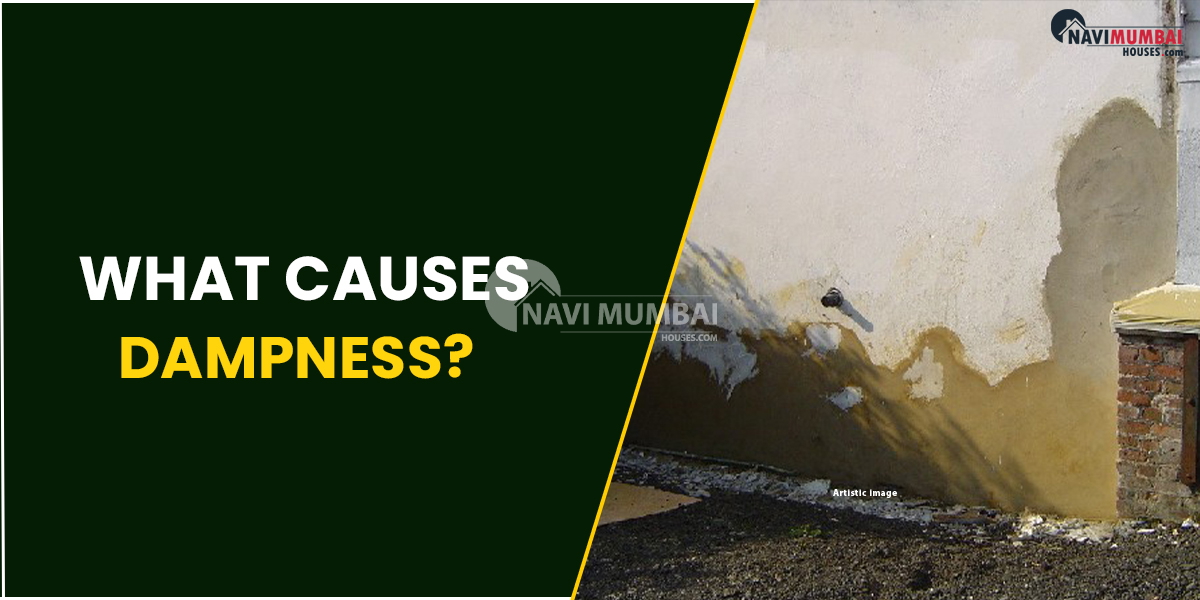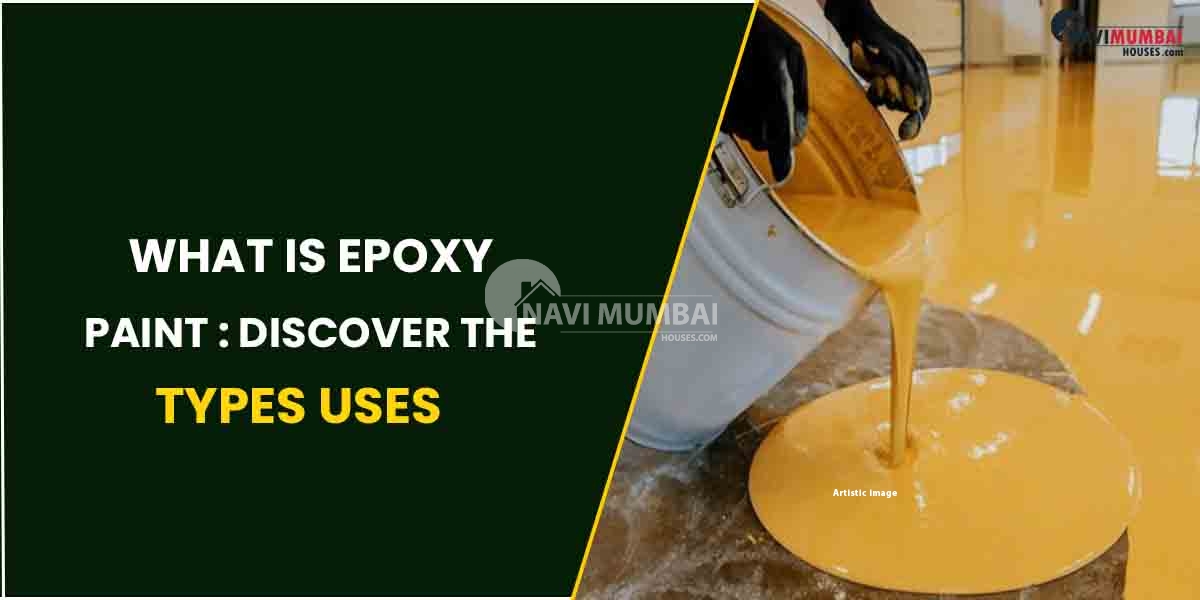
- April 15, 2023
- News
What Causes Dampness?
Causes Dampness : Numerous things, such as groundwater seepage, leaking roofs or walls, excessive humidity levels, and condensation, can result in dampness.
When there is water or moisture present in a structure, the area is said to be damp. Numerous things, such as groundwater seepage, leaking walls or roofs, excessive humidity levels, and condensation, might contribute to it. Building materials can deteriorate, mould and mildew can grow, and people might experience a variety of health issues as a result of moisture. In the planning and construction of buildings, moisture prevention is a key consideration.
Maintaining a building’s structural integrity and durability requires effective damp proofing. Numerous issues, including wood rot, paint peeling, corrosion of reinforcing steel, and the development of mould and fungus, can be brought on by moisture infiltration. Due to the development of germs and allergies, dampness can also cause health issues for residents. As a result, architects and engineers need to make sure that damp-proofing strategies including the use of damp-proof courses, water-resistant coatings, and adequate ventilation systems are incorporated into the building design.
Are You Looking Flat For Rent In Kharghar?
7 reasons for dampness
There are several more sources of humidity in buildings outside the typical ones, such leaking, seepage, and capillary action. Among them are:
Lack of ventilation
Poor ventilation in buildings is one of the several factors that contribute to the moisture. Without enough ventilation, moisture cannot be expelled from the structure, which causes it to accumulate inside. This is especially prevalent in bathrooms and kitchens where regular activities like bathing, cooking, and washing produce water vapour. If the moisture produced by these activities is not properly vented, condensation on the walls and ceilings may result, which may encourage the growth of mould and harm the structure of the building.
Causes Dampness: Rain absorption
Rainwater can seep through the exterior walls of a structure if they are not properly sealed, leading to dampness. If the roof, windows, or doors have cracks or openings, rain might potentially seep in. Rainwater can overflow and seep into the walls if gutters or downpipes aren’t working properly, which can result in dampness.
Leaking pipes
Dampness can be caused by leaking pipes or poor plumbing, particularly if the lines are buried inside the building’s framework. Additionally, plumbing leaks can result in moisture in places like laundry rooms, kitchens, and bathrooms. If the leaks are not fixed right once, they can encourage the formation of mould and mildew, which would make the moisture issue worse.
Causes Dampness: High amounts of humidity
The presence of wetness may be caused by high interior humidity levels. This could happen in places with a lot of rain or in structures with poor ventilation. It could also be brought on by internal water sources like leaking pipes or inadequate drainage. This may cause moisture to accumulate in confined areas, which may ultimately result in dampness.
Defective damp proofing
It may cause humidity if the damp proofing that was implemented during construction was insufficient or flawed. It may happen for a number of reasons, including the use of subpar materials or poor installation methods. Is It possible that the damp proofing was harmed during construction in certain instances or degraded over time. To avoid moisture, it is crucial to make sure the damp proofing is of high quality and done appropriately.
Causes Dampness : Condensation
Where warm, wet air meets cold surfaces, condensation can happen on the surfaces. If left unattended, this can occur on ceilings, walls, and windows and cause moisture. It can also happen as a result of moisture-producing activities including cooking, taking a shower, and drying clothing. If these activities are not properly ventilated, the moisture may build up and result in surface condensation.
Causes Dampness: Rising groundwater
Rising groundwater can cause moisture in a building’s foundation and walls in places with a high water table. This is particularly likely to occur in low-lying places or in structures close to bodies of water. Dampness can be brought on by rising groundwater, which can enter through the walls and foundation. Building moisture may be avoided with the aid of proper waterproofing of the base and walls. In order to direct extra water away from the structure, suitable drainage systems need also be in place.
Spacious 2 BHK Flat For Rent In Kharghar | #2bhkflatforrent
You’re looking for Buy Home In Navi Mumbai we have the Best Buy Properties In Navi Mumbai Like Ready to Move & Nearby possession: https://navimumbaihouses.com/property/search/buy/navi-mumbai-all/
If you want daily property update details please follow us on Facebook Page / YouTube Channel / Twitter


